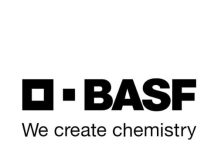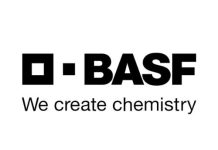The heart of producer Estienne Smit sank as she noticed many patchy areas of poor growth in her tomato crop. The young plants were showing water and nutrient deficiency symptoms such as wilting, yellowing and stunting.
Estienne tried to address this by fertilisation and increasing the water supply, but to no avail – the crop was still suffering and some of the young plants were dying. Not knowing what the problem could be, she sought the advice of an extension advisor. With his guidance, she dug up the affected plants, which showed deformations on the roots. She also collected soil samples and took them for analysis to a plant health diagnostic laboratory. The results were positive for root knot nematodes (Meloidogyne spp.) – devastating plant-parasitic nematodes of tomato and many other fruiting and root vegetables.
Plant-parasitic nematodes are of major importance in agricultural production as they cause crop damage and reduce yield and quality. Estimated annual crop losses of up to 14,6% or around US$100 to US$157 billion due to plant-parasitic nematodes have been reported. These nematodes are small in size ranging from 0,25 mm to 12 mm, making them difficult to see with the naked eye. They are classified into several categories according to their feeding behaviour and movement.
Damage on plants is due to direct feeding, which also promotes infestation by soilborne fungi and bacteria. However, nematode-induced damage is not easily identified by growers and it is often confused with other biotic or abiotic symptoms. Once identified, it is often too late to correct or treat the damage. Some of the above-ground symptoms include loss of crop vigour, yellowing of leaf tissue, susceptibility to environmental stress (such as drought stress), poor fruit and flower set, reduced yield (quality and quantity), nutrient deficiency symptoms and stunted growth.
Below-ground symptoms include formation of galls, knots, lesions, excessive branching, injured or destroyed root tips as well as root rots, particularly if nematode infection coincides with the presence of pathogenic bacteria or fungi.
Plant-parasitic nematodes of economic importance to arable crops and vegetables include the following species:
- Root knot nematodes (Meloidogyne spp.) which are associated with the formation of root galls.
- Cyst nematodes (Globodera spp., Heterodera spp.) which form characteristic cysts on the infected roots.
- Root lesion nematodes (Pratylenchus spp.) where infected plant roots develop localised lesions that are prone to root rot.
- Stem nematodes (Ditylenchus spp.) which mainly affect the above-ground plant parts such as the stem, leaves and bulbs.
- Ring nematodes (Criconemella spp.) that feed on the outside of the plant roots and do not enter root tissue.
- Stubby root nematodes (Trichodorus spp. and Paratrichodorus spp.) that are linked to the characteristic stubby appearance of the roots due to the nematodes feeding on the root tip, resulting in the cessation of growth.
- Reniform nematodes (Rotylenchulus spp.) which are becoming important in tropical areas and are associated with soybean, maize, sweet potato and cotton.
Sampling for nematodes
Growers that suspect nematode infestations should collect samples of the soil and crop. These samples, once analysed by a laboratory, can assist in future management decisions and actions. Consult your extension officer or agricultural advisor for suitable sampling methods as these may differ amongst crops and localities.
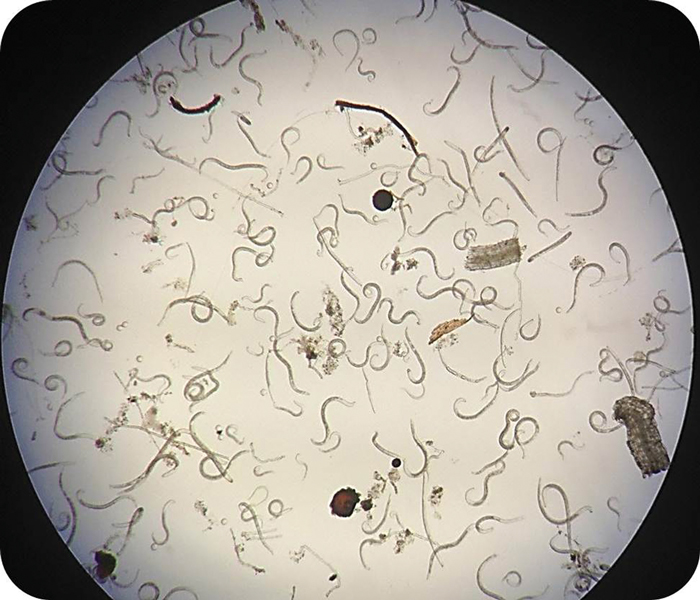
Photo: Tim Thoden
Management practices
Mitigation of plant-parasitic nematode damage on crops involves the use of cultivation practices such as crop rotation as well as planting resistant or tolerant plant cultivars. In addition, fumigant and non-fumigant crop protection products, such as nematicides, are used particularly when the nematode pressure is high. Nematicides formulated and marketed by Corteva AgriscienceTM include Vydate® 100 GR, Vydate® SL and TeloneTM II.
Vydate is a broad-spectrum nematicide that also exhibits insecticidal and acaricidal properties. The active ingredient oxamyl belongs to the carbamate insecticide class (Insecticide Resistance Action Committee (IRAC) mode of action group 1A).
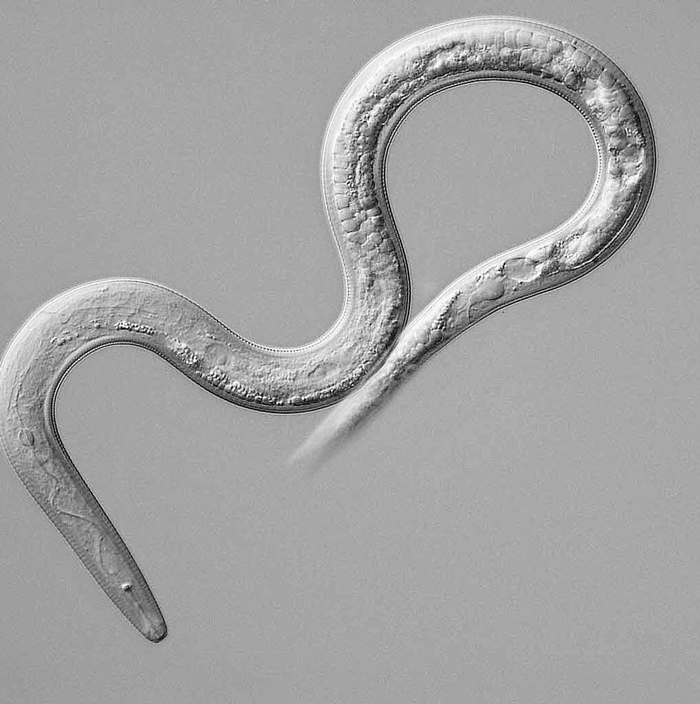
Photo: Tim Thoden
The mode of action of this product causes paralysis on multiple nematode life stages. It prevents the feeding of nematodes, thereby disrupting normal biological functions.
Important attributes of the product include the following:
- Broad-spectrum activity – controls a wide range of nematodes.
- Reduction of some insect pest species.
- Affects multiple pest life stages – active on adults and juveniles. It also inhibits egg or cyst hatch in many species (ovicidal activity).
- Systemic activity – translocated in both the xylem and phloem system, thereby protecting plant foliage and roots.
- Rainfast – quickly penetrates plant tissue via translaminar movement.
- Quick acting – Vydate stops pests from feeding within minutes of application. It affects the movement and orientation of nematodes as well as other behaviours such as root penetration, feeding and reproduction eventually leading to death. Due to the quick action, paralysis occurs within hours.
This nematicide is registered in South Africa and available as a water-soluble liquid (Vydate SL) and a granule formulation (Vydate 100 GR). The two formulations are registered for use on various annual and perennial crops, including vegetables. These crops include potato, tomato, groundnut, banana, sugarcane, peach, nectarine, plum, pineapple and tobacco. Application of Vydate 100 GR and Vydate SL is by soil incorporation and foliar spraying respectively.
Vydate also reduces populations of insect pests, such as potato leaf miner (Liriomyza huidobrensis) and aphids in potato as well as thrips (Fulmekiola serrata) in sugarcane. As part of resistance management, avoid the repeated use of this product and nematicides or insecticides with the same mode of action. Consult Corteva Agriscience for additional information.
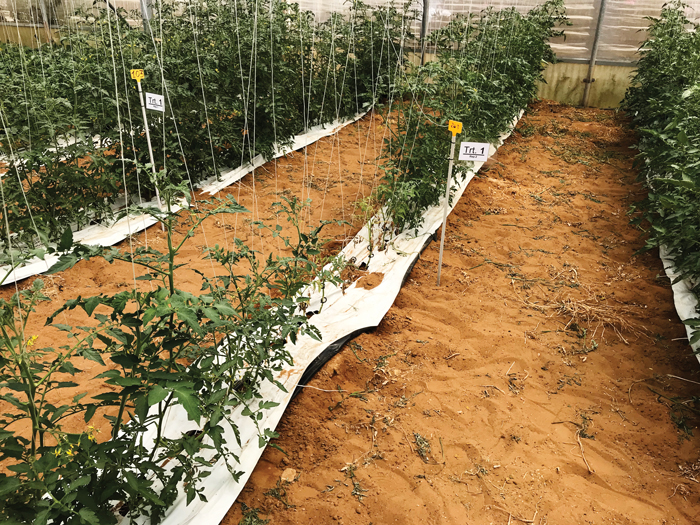
Photo: Tim Thoden
Telone II is one of the few fumigants available as a liquid formulation. The active ingredient is 1,3 dichloropropene (1,3-D) and it belongs to the organochlorine class, insecticide group 8A. It inactivates metabolic functions in nematodes by attacking a variety of enzyme and membrane systems. It controls a broad spectrum of nematodes, including cyst nematodes, dagger nematodes, citrus nematodes, root-knot nematodes, reniform nematodes, ring nematodes, root lesion nematodes, spiral nematodes and stubby root nematodes.
Characteristics of Telone II include:
- Broad-spectrum activity on a wide range of plant-parasitic nematodes.
- Excellent nematode control. It helps manage nematode transmitted diseases, which allows growers to plant a wider variety of rootstocks and cultivars.
- It increases root efficiency for better use of water and fertilisers.
In addition, the product is safe for the ozone layer and it rapidly dissipates in the soil due to microbial action and hydrolysis. Crops harvested from treated soil before planting do not have residues of 1,3-D. Residues were also not detected in drinking water, according to the United States Environmental Protection Agency.
Telone II provides plant protection by reducing the nematode populations that feed on developing roots in the early crop establishment phase, creating a healthy root system throughout the growing season. It will not control nematodes that are introduced after fumigation.
The product is registered in South Africa for plant-parasitic nematode control as a preplant soil treatment in annual and perennial crops (such as potato and pineapple), seedbeds, and before establishing orchards, vineyards or nursery soils.
It should be used after the analysis of soil samples suggests potentially damaging nematode populations. The decision to apply a nematicide should be based on the need to reduce nematode populations to below economically damaging population densities. Consult your Corteva Agriscience representative or extension advisor for appropriate management recommendations for specific crops. Read and follow closely the application rules specified on the label to ensure a good and safe application.

Photo: Tim Thoden
Nematodes remain critical for Estienne, but she is not without hope. She contacted a Corteva Agriscience representative and managed to get advice and training on control practices. In the following season she was able to avoid crop damage and losses due to nematodes. In addition, she was able to reduce water usage and additional fertilisation.
Corteva Agriscience has highly effective nematicides to help producers like Estienne control these devastating nematodes. The company continues to develop new chemistry that will provide additional solutions to growers and will partner with them to achieve better crop production and economic returns.
For further information visit www.corteva.co.za.




